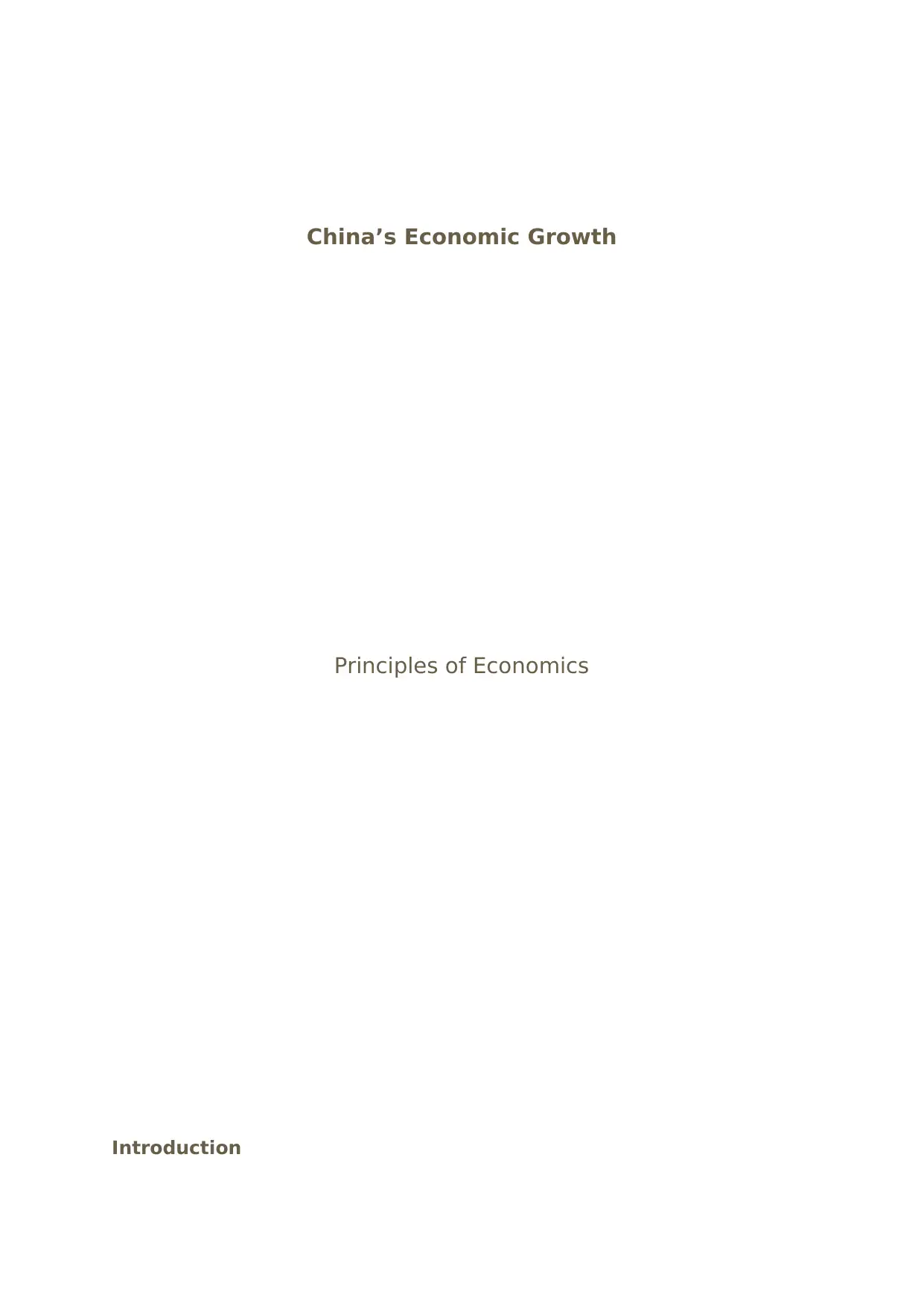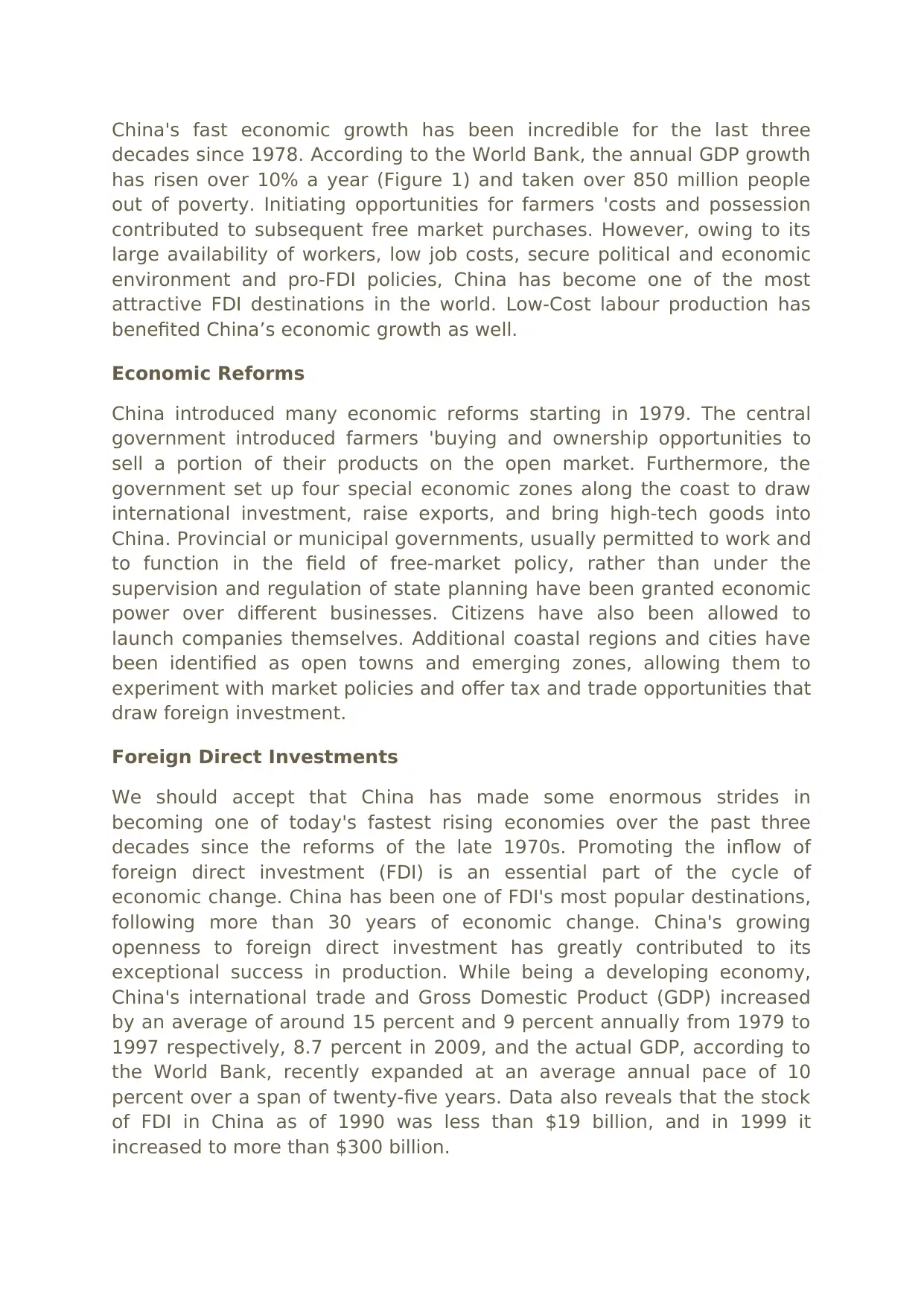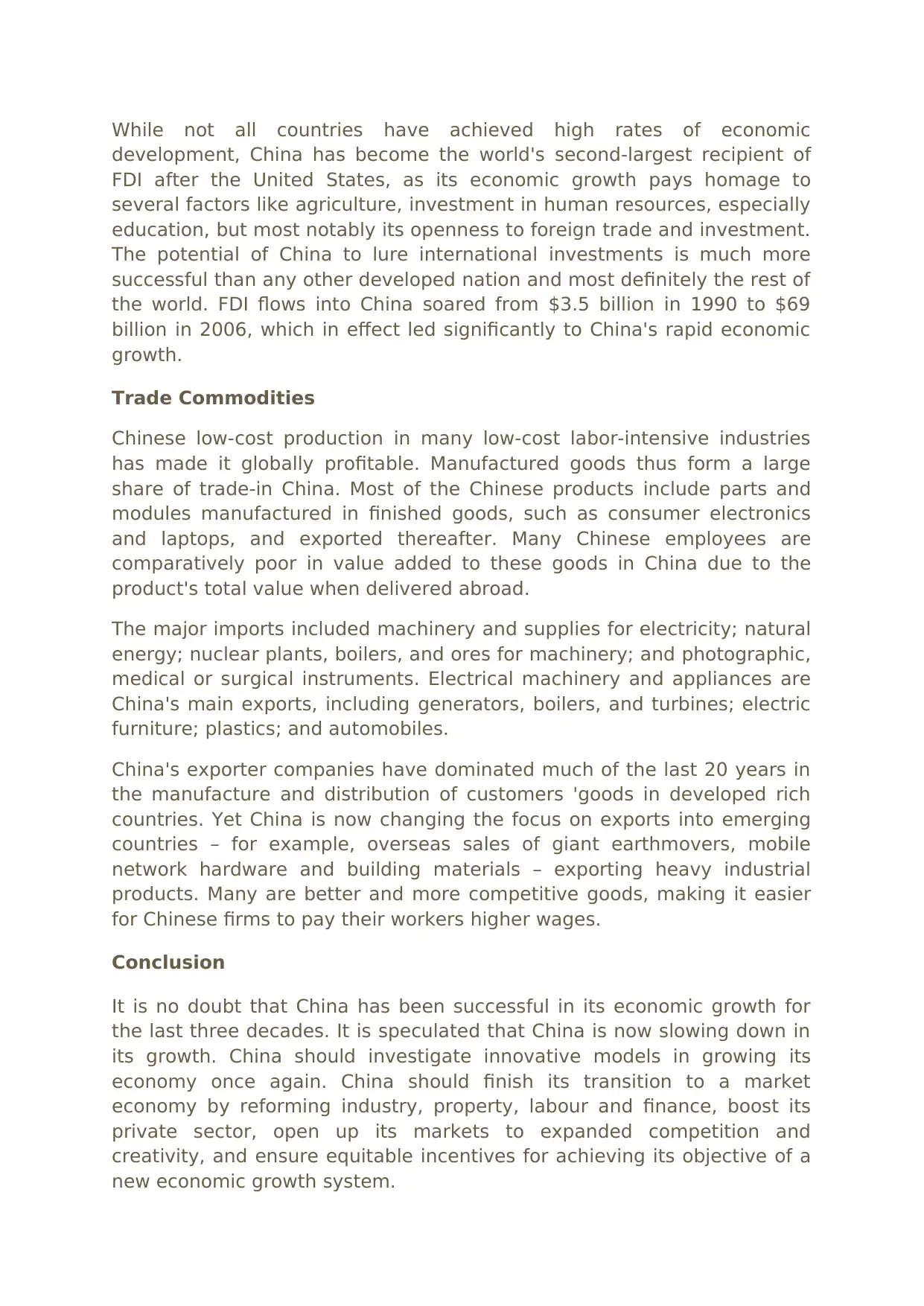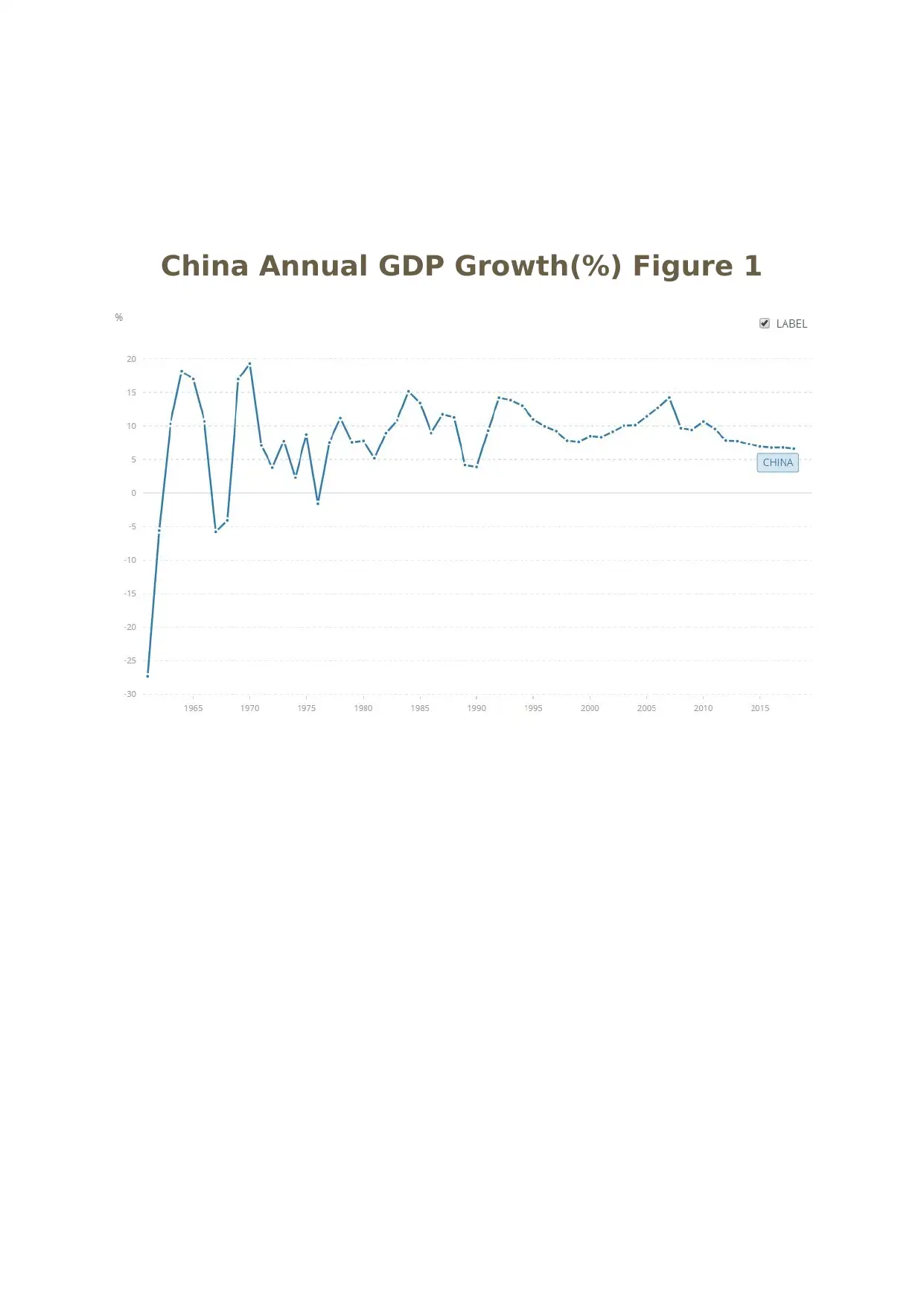Report on China's Economic Growth: Policies, and Development Analysis
VerifiedAdded on 2021/08/03
|4
|886
|107
Report
AI Summary
This report provides an in-depth analysis of China's remarkable economic growth over the past three decades, examining the key drivers behind its success. It highlights the significant economic reforms implemented since 1979, including the introduction of market mechanisms, special economic zones, and policies promoting foreign direct investment (FDI). The report discusses the impact of low-cost labor and trade commodities, emphasizing the role of manufactured goods in China's export-oriented economy. It also explores the evolution of FDI flows, illustrating how China became a major destination for international investment. Furthermore, the report acknowledges the changing focus of Chinese exports towards emerging markets and heavy industrial products. Finally, it underscores the need for China to continue its transition to a market economy through industry reforms, private sector growth, and increased competition to sustain future economic growth.
1 out of 4











![[object Object]](/_next/static/media/star-bottom.7253800d.svg)